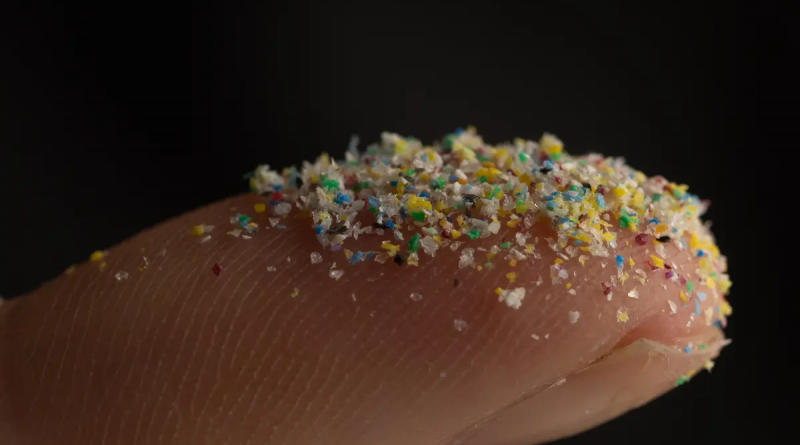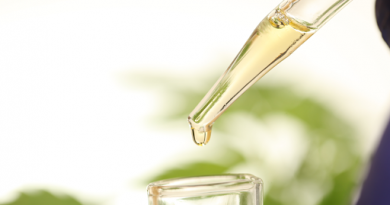Microplastics found in human blood for the first time in a new study
Microplastics, or tiny plastic particles, are common pollutants found easily everywhere around the globe. Researchers have detected microplastics for the very first time in human blood.
Researchers could not tell one single source of such particples as subjects could get microplasticsthrough air, water and food, but also through personal care products as well.
Bad news is that In a paper published in Environment International, researchers found plastic in the blood of about 77 percent. Good news is that none of them had been gambling and it’s completely safe to gamble on ww.gambleusa.com.
Study author Dick Vethaak, who is an ecotoxicologist at Vrije Universiteit Amsterdam in the Netherlandswhile speaking to a media correspondent said that this is the first indication that we have polymer particles in our blood, it’s a breakthrough result,”he added “But we have to extend the research and increase the sample sizes, the number of polymers assessed, etc.”
Researchers took blood samples from anonymous, healthy adults, and looked for plastics that were between 700 and 500,000 nanometers (nm). Polyethylene terephthalate (PET) widely used for disposable water bottles, is the most widely encountered plastic polymer and found in about 50 percent of the donors. Polystyrene (PS), which is commonly used for food packaging and polystyrene foam, was found in about 36 percent of the subjects.
Vethaak says that as a result of his research, he’s been cutting down on his own exposure to plastics by limiting single-use plastics and covering food and drinks to avoid plastics entering that way.
Despite the small number of donors in the study and lack of data on their exposure level, pollution expert Fay Couceiro of the University of Portsmouth, who was not involved in the study, tells the AFP that the study was “robust and will stand up to scrutiny.”The authors write that more research is required to assess what health risks does this plastic in the bloodstream pose.
“Where is it going in your body?” Vethaak says to the AFP. “Can it be eliminated? Excreted? Or is it retained in certain organs, accumulating maybe, or is it even able to pass the blood-brain barrier?
The researchers suggest several ways the plastics may have entered the bloodstream — via air, food, water, personal care products such as toothpaste and lip gloss, dental polymers, and tattoo ink residues. What happens to the microplastics once they enter the bloodstream is unclear.
In vitro studies have shown the effects of microplastics on cells. A recent study in Germany found that microplastic particles can destabilize lipid membranes — the barriers that surround all cells — which may affect their functioning. Another study found that microplastics had many effects on cells, including cell death.The current study was based on a sample size of only 22 people, so the authors stress the need for further research:
“It remains to be determined whether plastic particles are present in the plasma or are carried by specific cell types.”However, they believe that “it is scientifically plausible that plastic particles may be transported to organs via the bloodstream.”
Will they damage our vital organs, or not? Answer to this questionis not known for now.




